For Pre/Teen Learners
This page explores Present Your PhD’s presentations given to audiences in 5th grade or older. If you are interested in presentations for other audiences, please explore our Collaborators Home Page and select the option that best fits your group.
Hello! If you are an educator of learners 5th grade and beyond, below are the PyPhD members who are available this semester to come present their research. Please explore their bios below! After, send us an email with some times you are interested in having PyPhD present, along with your top preferred 3-5 presenters.
If you are an educator of learners outside this age range, we encourage you to explore our other pages to learn more about our presentation for younger learners and how PyPhD establishes new partnerships with educators by exploring our Collaborator page.
If you do not have a specific presenter in mind, let us know of your class’ interests or your curriculum and we will do our best to match you with a Presenter who fits those themes.
Business
Educational Psychology
Geology
Molecular Biology
Physics & Math
Anthropology
Biochemistry / Chemistry
Environmental Science
Health & Performance
Organismal Bio
2023-2024 Presenters
Updated at the beginning of each academic year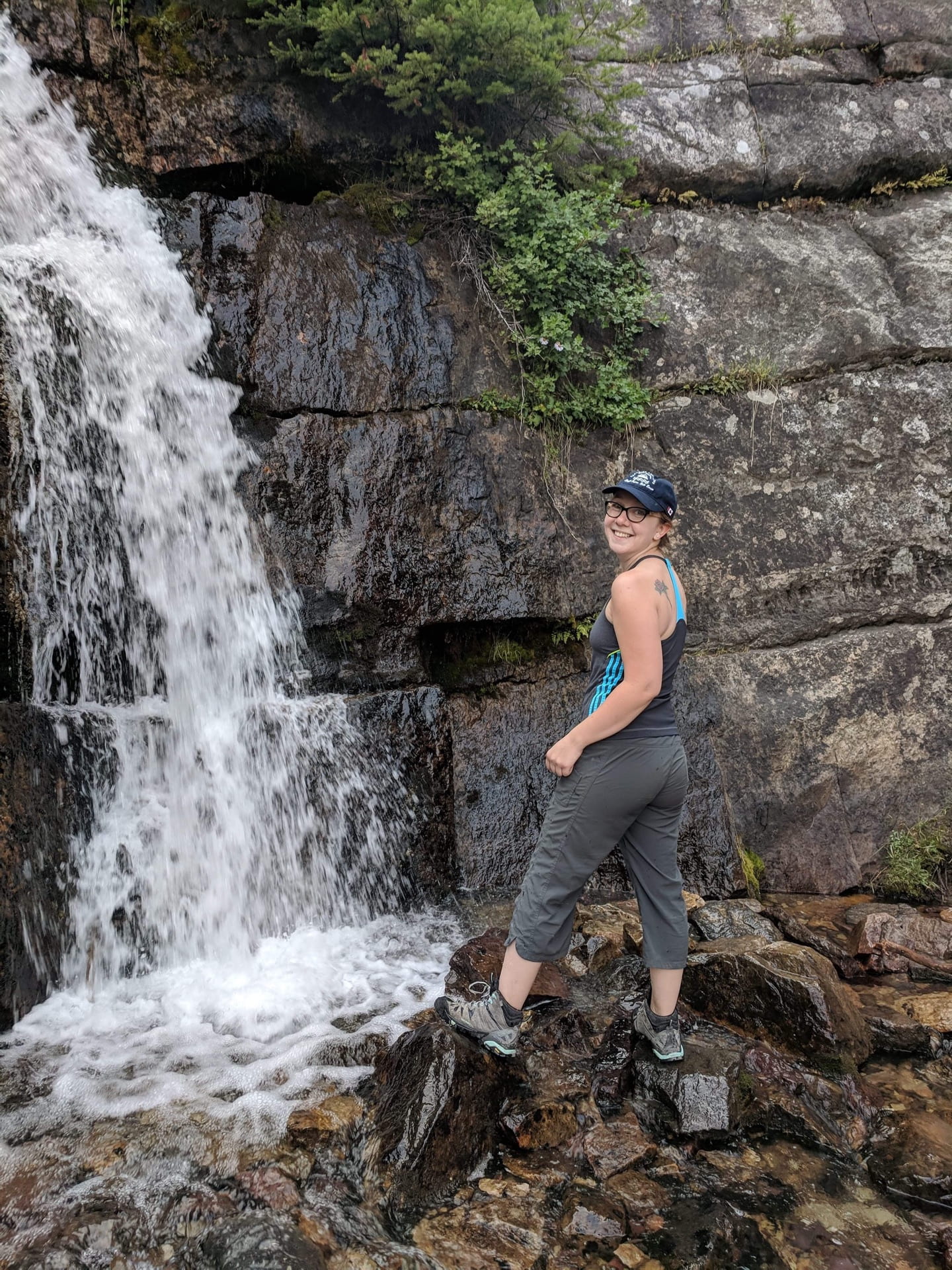
Paige Plattner
Topics: human health, food insecurity
Paige is a second-year PhD student of the Reynolds lab studying the impacts of epigenetics and food insecurity on human health.

Marcela Pfaff
Topics: coming soon
Marcela is a fourth year PhD candidate studying anthropology.

Anna Samsonov
Topics: developmental plasticity
Anna is a PhD student in the Anthropology department, working with the Human Evolution, Biology, and Health Lab. They are researching the impact of social environments on developmental plasticity. They hope to pursue a career in public health, following a passion for health promotion and community outreach.

Emily Alonzo
Topics: RNA, proteins, accessibility, blindness
I am a biochemistry graduate student in the Shaw Lab focusing on RNA and RNA modifications. Additionally, I focus on making the chemistry lab and science materials more accessible to the blind and visually impaired. I work with people with blindness or low vision and help them to feel more confident in scientific careers.

Madeline Bannon
Topics: general chemistry, analytical chemistry
I’m a second year PhD student with the Chemistry Department. I am new to Texas but excited to spend time in the research lab at Baylor learning more about Analytical Chemistry.

Lauren Butterworth
Topics: DNA replication, proteins, DNA mutations
I am a biochemistry graduate student in the Trakselis Lab, focused on DNA replication and repair fundamentals. DNA replication is the process of copying genetic material for cell division, and the accuracy of this process is vital since DNA is the the instructions that tell your body how to make protein machines and how to function. If anything in this process goes wrong, it can cause mutations that lead to cancer and other issues. I want to study how the replication machinery works to make sure those mutations don’t happen! Specifically, I study the E. coli Polymerase III Core Holoenzyme, which is responsible for the replication, or synthesis, of new DNA strands. I observe changes in activity of the wild type verses several mutants, which I create using site directed mutagenesis techniques.

Moises Bravo
Topics: materials, inorganic chemistry, crystallography
I am a doctoral candidate doing research at the interface of chemistry, physics, and material science. I focus on the growth of novel quantum materials, studying the relationship between material structure and property.

Mayte Gonzalez
Topics: biochemistry, metalloproteins, capillary electrophoresis
Mayte is a third year graduate student in the Shaw Lab studying various metalloproteins and how the metals affect the protein. Specifically, I look at a protein involved in a neurodegenerative disease, ALS, and the formation of its aggregates into amyloid.
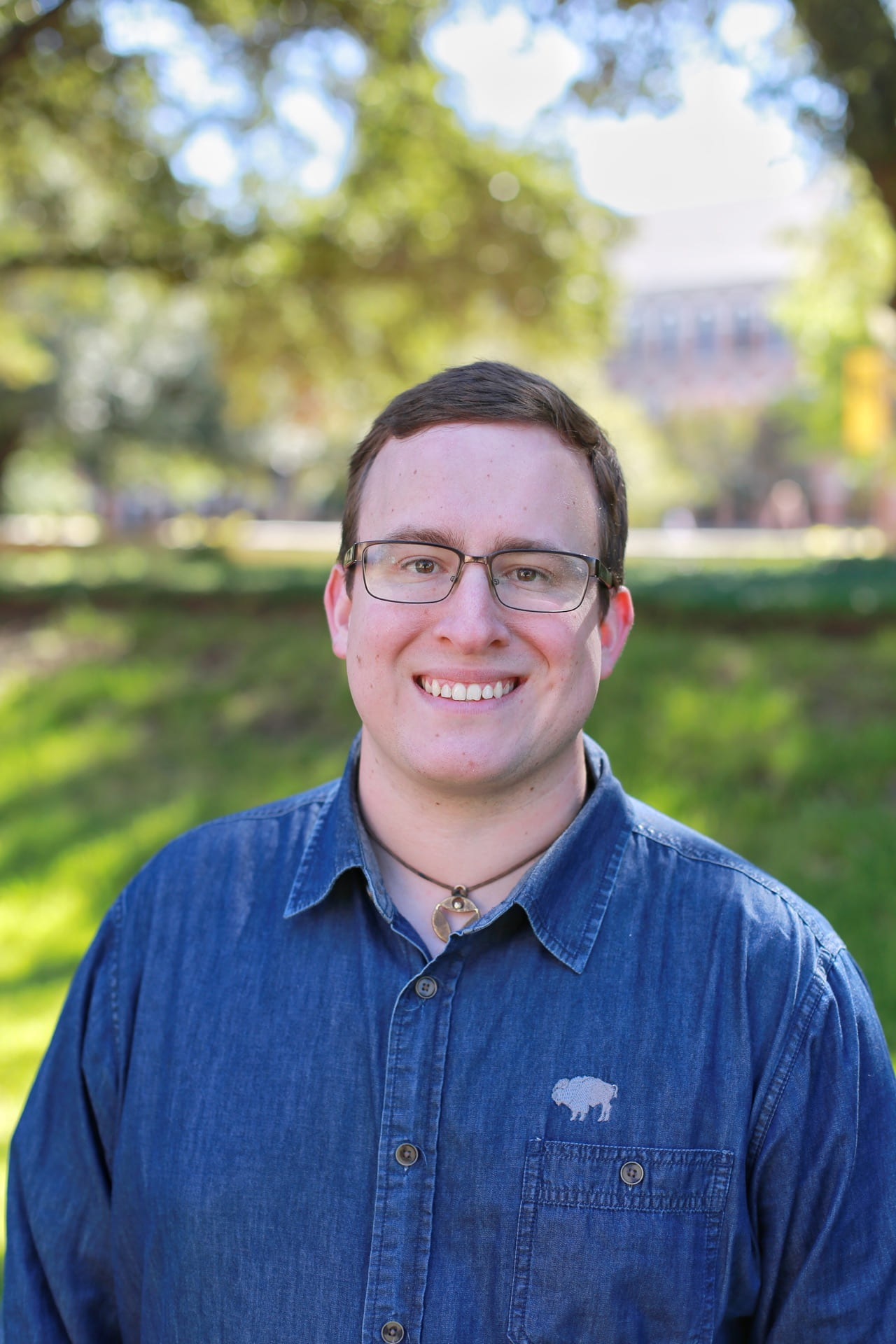
Jacob Hatvany
Topics: analytical chemistry, glycans, HDX, mass spectrometry
Jacob is a PhD candidate studying analytical chemistry. His research involves glycans, which play a large role in how cells communicate with their surroundings as well as serve as an indicator towards detecting the presence of certain disease states like cardiovascular disease and lung cancer. Glycans are typically hard to distinguish from one another due to their similarity in shape and composition (isomerism). To combat this, he uses Hydrogen/Deuterium exchange to label glycan molecules. He is involved with PYPhD because he finds a lot of value in teaching. By sharing the research he does as well as the context of science in everyday life, he can encourage people to see the complexity of the world around us and their potential to address anything that sparks their curiosity. He thinks that this mindset is something that should be introduced at a young age and reaffirmed frequently.

Thushani Punchipatabendi
Topics: biochemistry
Thushani is a second-year graduate student in the Trakselis Lab studying biochemistry!

Chloe Sells
Topics: organic chemistry, inflammation, transplants
Chloë is a third-year Chemistry PhD student in the the Kane Laboratory. Her research is focused on developing localized drug delivery systems.
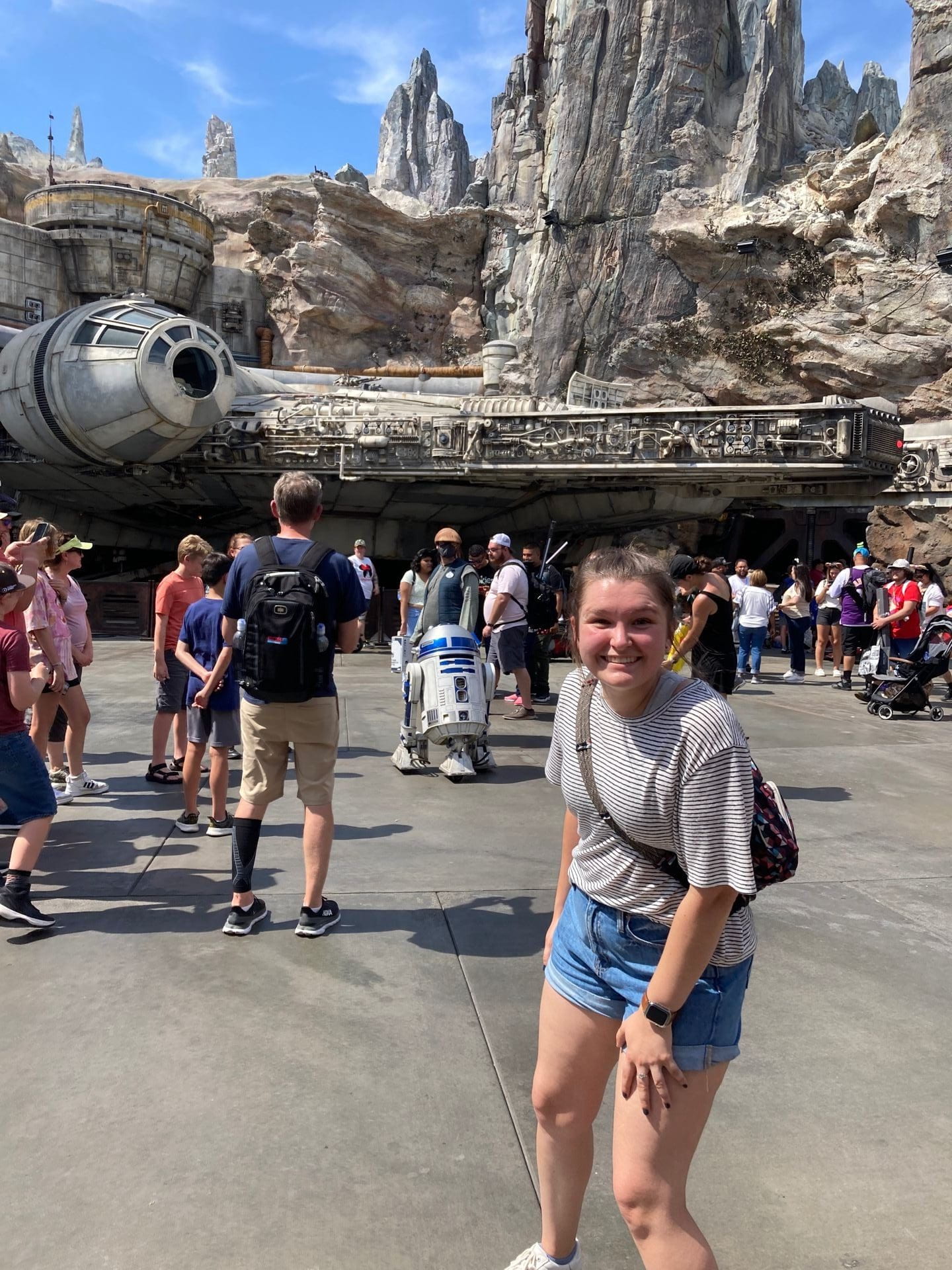
Morgan Raines
Topics: chemistry
I am a second-year Chemistry PhD student! I love science and spending time in the lab! Fun fact about me: I am a potter on the side and love talking about ceramics!

Sadia Sinty Disha
Topics: biochemistry
Sadia is a fourth-year graduate student in the Trakselis Lab, which focuses on DNA and DNA enzymes.

Colin Burdine
Topics: computer science, machine learning
Colin is a second-year graduate student in the Blair Lab. He does research in machine learning, quantum computing, and computer science. His current research projects involve the design and simulation of molecular computing systems. He is also doing research in the area of material discovery, researching how machine learning can be applied to the problem of discovering new materials like superconductors, which have useful quantum properties. He is in PYPhD in order to improve his communication skills and to contribute to increasing scientific literacy and participation in STEM-based activities.

Shaif Chowdhury
Topics: image/video classification, domain adaptation, active learning
Shaif is a 4th year PHD student in the Computer Science Department. His work is mostly on Deep learning and Computer Vision. His research addresses the challenge of limited labeled data in fields like underwater, medical imaging, and satellite imaging. He focuses on creating techniques to make deep learning more applicable in these specialized domains.
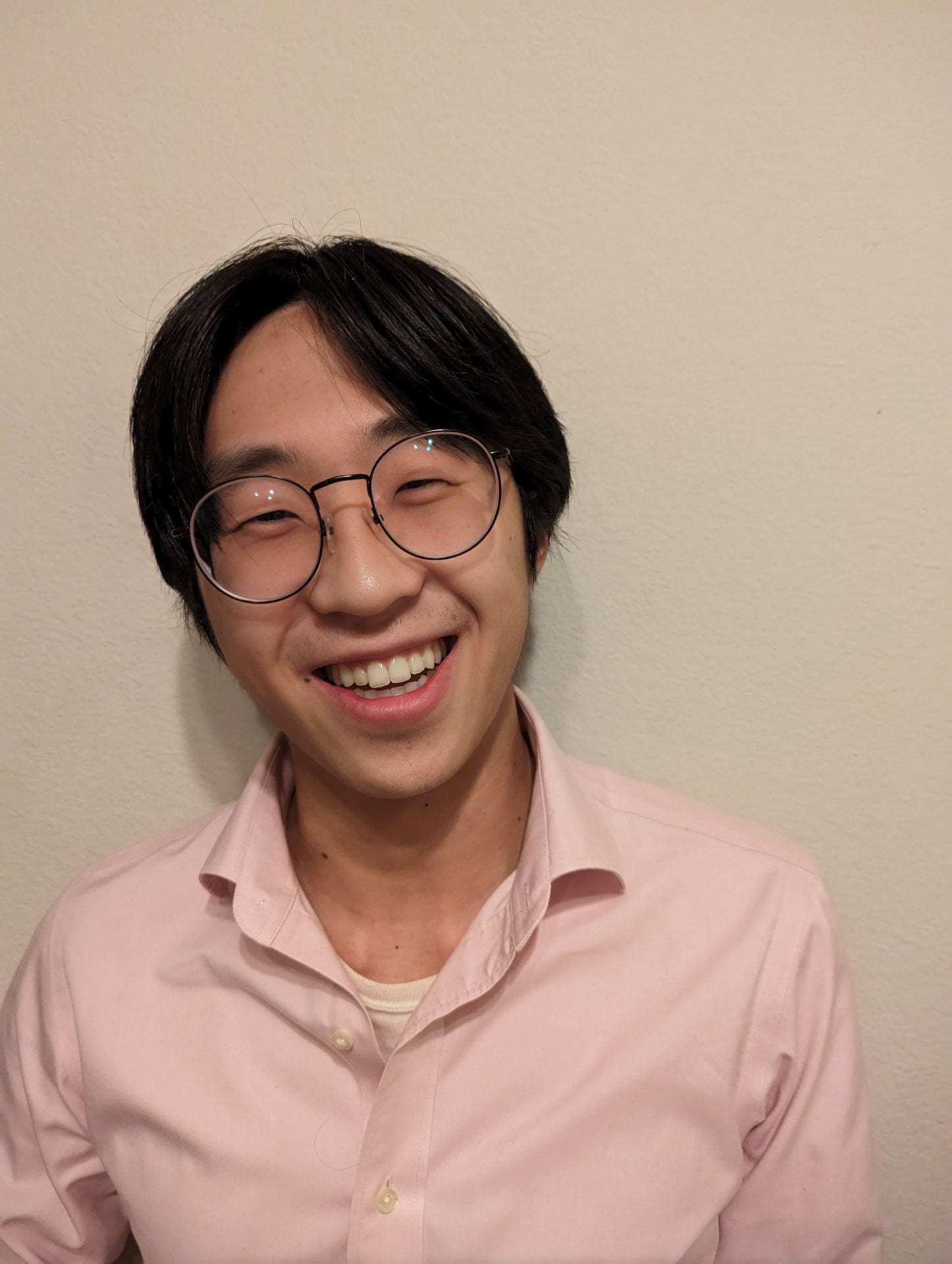
Isaac Liu
Topics: Additive Manufacturing, Materials Science, Engineering
Isaac is a second-year PhD student in materials science, working with the Point-of-Need Innovation Center under Drs. Jordon and Allison. He is studying the process-structure-property relationship of additive friction stir-deposited aluminum alloys and other metal additive manufacturing processes.

Micaela Vavra
Topics:
Coming soon! Check back for updates.

Nick Wagner
Topics: Mars, Planetary Science, Geophysics
Nick is a 5th year PhD student with the Planetary Research Group studying the planetary geophysics. He studies the inside of Mars using gravity and topography measurements along with modeling techniques. This data analysis and modeling work can help figure out what is happening inside the red planet and what it means for how the planet has evolved over the last 4 billion years.
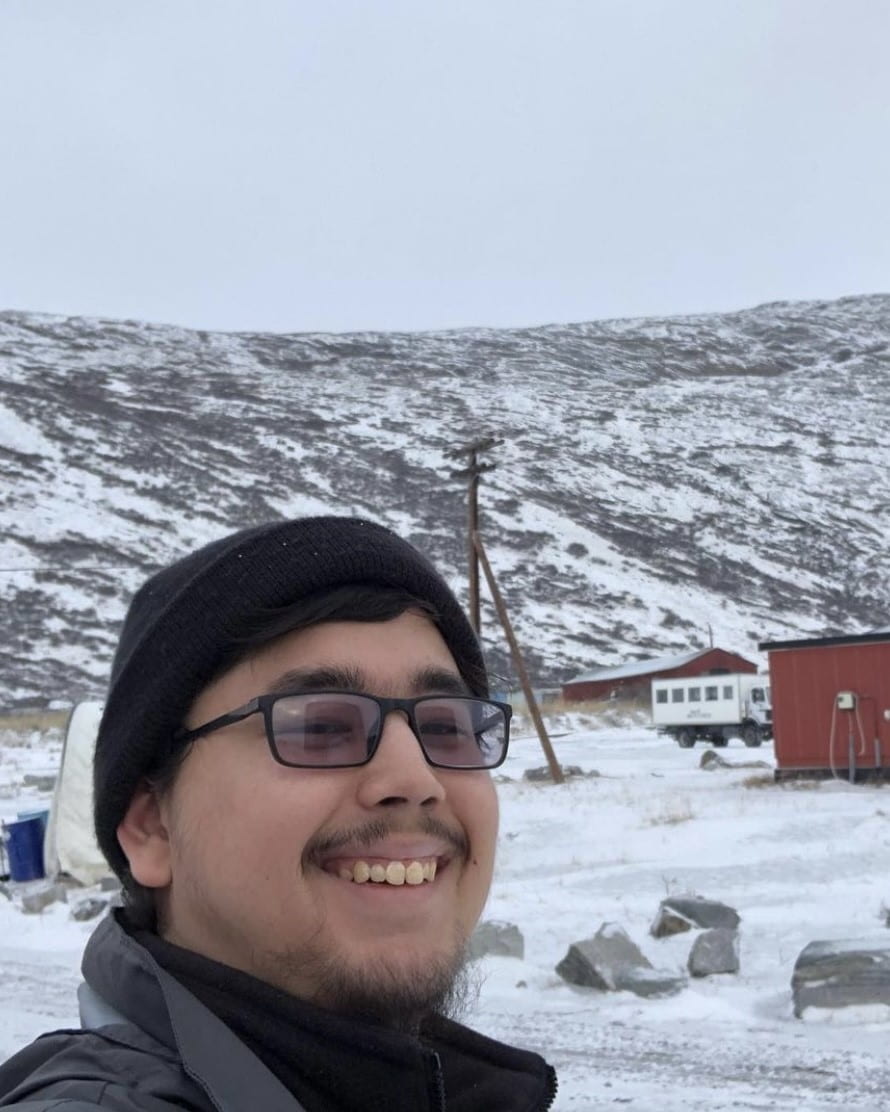
Nathan Wright
Topics: Paleontology, Marine Invertebrate Biology, Ecology and Evolution
Nathan is a PhD candidate studying invertebrate paleontology. He studies the fossil record of parasitism and other biotic interactions. Parasites are rare in the fossil record, despite being the most common mode of life today. Using the fossil record of crustaceans and their modern analogs, he is researching how and why many parasites are rare or absent in the fossil record. A better understanding of the fossil record of parasites will give insight into ecology and evolution, and will allow for better modeling of future changes to parasite ecology.
We do not currently have Active Presenters from this semester. We may again in a future semester. Thank you for your understanding!

Jon Beard
Topics: aerosol health hazards, lung health

Matthew Cooke
Topics: Entomology, vector biology, mosquitos in disease
When some people think of insects, they primarily see them as pests. But insects are more than just an annoyance. Fire ants, for example, are an invasive species that harm the environment and cause the United States several billion dollars of losses per year. Mosquitoes are vectors for many diseases, and lead to the death of more people than any other animal on earth. Triatominae (or “kissing bugs”) can cause Chagas disease, a lifelong infection that can be fatal. These are just a few examples of the problems that insects cause. I am working towards developing toxins that would target individual insect species and avoid harming off-target organisms. These would control specific populations of insects more effectively, while keeping the environment and other organisms safe.

Kayla Haberman
Topics: Biology (genetics, DNA replication, proteins), CRISPR, breast cancer
Kayla is a second-year Ph.D. student in Dr. Joseph Taube’s Lab studying breast cancer. Breast cancer is known to affect 1 in every 8 women. Being a woman herself, she became motivated to understand the mechanisms by which metastasis arises. Through the epithelial-to-mesenchymal transition, the cells undergo a dramatic change in structure, motility, and protein expression. She is interested in understanding how the cell can modify the DNA, without modifying the genomic sequence. Understanding epigenetic regulation provides insight as to what proteins interact with the DNA, what part of the DNA is considered a ‘hot spot’ for protein binding, and how chromatin accessibility controls the entire process.

Tatyana Martynova
Topics: Entomology, vector biology, molecular biology
Diseases spread by Culex mosquitoes, such as the West Nile virus and dengue, result in millions of deaths or serious illnesses in humans worldwide. To combat insecticide resistance, the sterile insect technique (SIT) method of mosquito control was recently developed. SIT refers to a massive release of sterile male mosquitoes unable to produce offspring upon mating with native females. Working in Dr. Cheolho Sim’s lab, my goal is to locate sex-specific genes in the Culex mosquito sex gene cascade which could serve as targets for inducing male sterilization and, thus, effective SIT application.

Patrick Ortiz
Topics: Antibiotic resistance, microbiome, molecular biology
As drug-resistant infections (ex: MRSA) become more common, there is a need for other options to control these pathogens. We use proteins called antimicrobial peptides (AMPs) to kill bacteria in ways that prevent bacteria gaining resistance, compared to conventional methods. We also look forward with bioinformatics, a field of research that uses computing power to give us answers to biological questions. This is useful because it helps us monitor the bacteria of the microbiome to make sure we are only getting rid of the pathogenic bacteria while leaving the “good” bacteria behind, better understanding how bacteria work together.

Heidi Pullmann
Topics: Disease, mosquitoes, chemistry
Approximately half of the world’s population is at risk of contracting mosquito borne illnesses. Many of these diseases are painful and deadly, and currently there are few effective management techniques available to those that are the most vulnerable. By researching and manipulating the genetics of various varieties of mosquitoes, we can better understand their behavior. In particular, I am interested in mosquito chemosensory systems.

Kyaw Hsu Thway
Topics: Molecular Biology, Cancer, Stem Cell
Breast cancer is the most common cancer in the world now. Therapy resistance and metastasis are characters of HER2+ breast cancer. Non-cancerous cells surrounding the breast cancer are helping cancer cells to develop metastasis and drug resistance. Just as much as we have physical and biochemical responses to various stimuli in everyday life, cells respond the same way using their “feelers” or adhesion molecules. Kyaw is interested in studying these adhesion molecules of both cancer and non-cancerous cells to ultimately help breast cancer patients.

Liz Waymire
Topics: Global health, genetics, tropical diseases
The mosquito Anopheles stephensi is a carrier for diseases like malaria, and is typically found in south Asia. However, this mosquito was detected in the Horn of Africa starting in 2013. An. stephensi has the threat to increase malaria transmission as much as 50% in the country Ethiopia, so vector control methods need to be implemented. Insecticide is a common method of vector control, but insecticide resistance has already been found in this new mosquito. I am working to investigate the presence of a bacteria in the mosquitoes in Ethiopia to see if it can be used to decrease the mosquito population and control malaria transmission.

Patrick Charapata
Topics: Marine Biology, Marine Vertebrate Physiology, Steroid Hormones
My research focuses on measuring important biomarkers of marine vertebrate physiology in tissues that grow throughout an animal’s life to understand how changes to their environment impact their health. Yelloweye rockfish live to be >100 years old and each year their opercula (bone that covers and protects their gills) lays down light and dark growth layers, similar to tree rings. Typically, these growth increments are used to age fish, however, I am measuring reproductive (progesterone and estradiol) and stress-related (cortisol) steroid hormones in these growth increments of female yelloweye rockfish to help estimate important fish reproductive parameters. Specifically, I am trying to estimate the age of sexual maturity, how often mature females spawn, and how their reproduction and stress physiology is impacted by changes to their environment. Lastly, I am measuring contaminants (total mercury) and other trace elements along the whiskers of a sentinel Antarctic species, the leopard seal, to understand the health of the leopard seal and its Antarctic ecosystem over the past two to three years.

Emily Sperou
Topics: Biology, Marine Mammal Physiology
I am interested in marine mammal physiology. I explore reproductive and stress hormones to understand marine mammal life history patterns and how environmental stressors can impact these patterns. Currently, I’m measuring analytes in stranded gray whale tissues, specifically baleen and earplug, to give some insight on the current gray whale unusual mortality event.

Malcom Barnard
Topics: Environmental Science, Environmental Chemistry, Limnology, Marine Sciences, Entomology
I am a biology PhD student in both the Powers and Scott Labs, focused on factors that drive harmful algal blooms and harmful cyanobacterial blooms. Specifically, I study the biogeochemical drivers of these blooms at different scales of size. While I now focus on freshwater, my past focus has been on the freshwater-to-marine continuum, meaning that I studied the interconnections between rivers, lakes, estuaries, coastal waters, and the oceans. I also have studied climate change through measuring diversity of insects across North America.
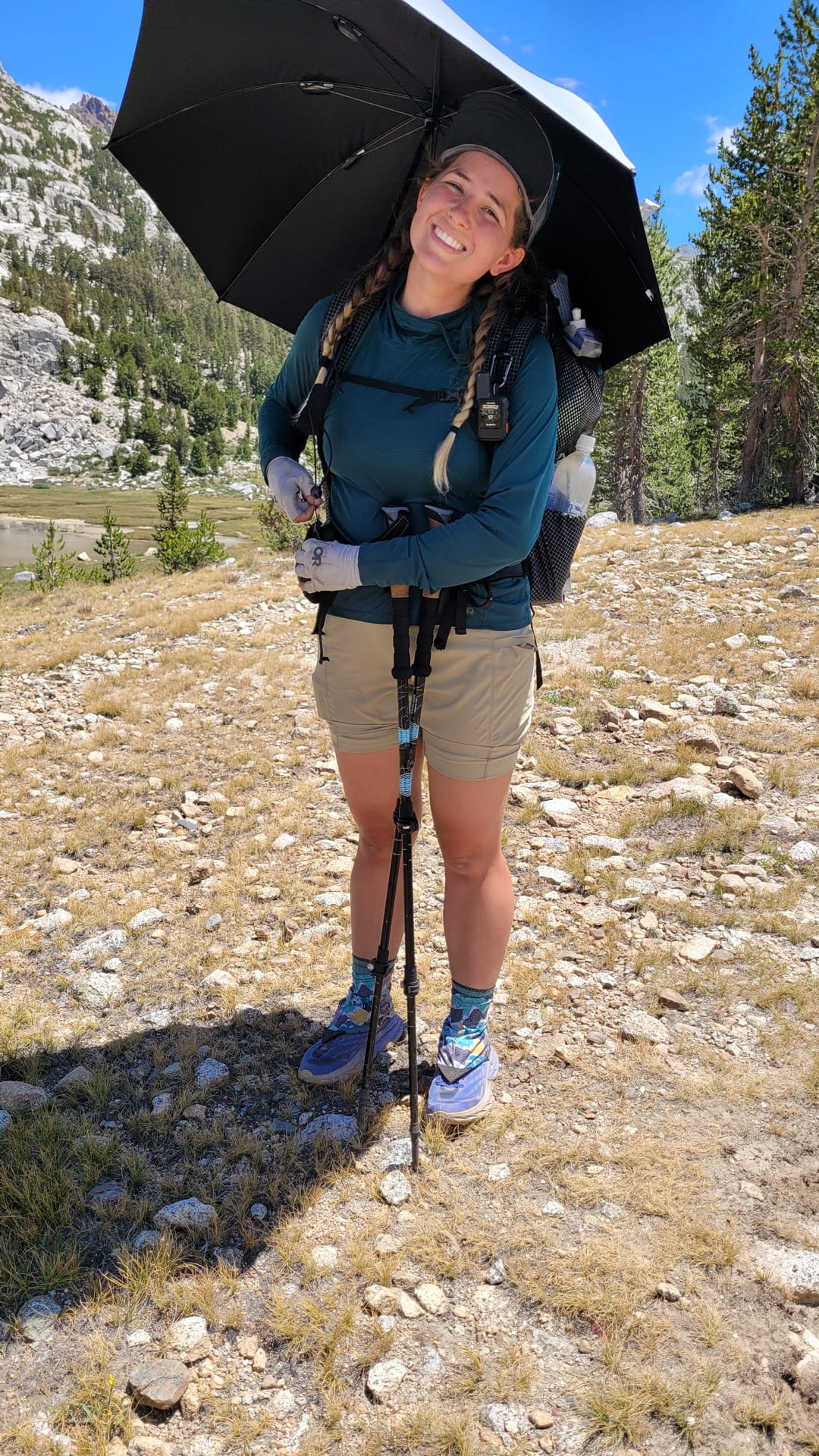
Lacy Miller
Topics: Limnology, Biology, Environmental Science
Lacy is a second year PhD student in the Biology department. Her research focuses on Limnology (the study of inland waters) with emphasis on small water bodies such as ponds as well as environmental DNA collection from water bodies.

Geeth Ongle
Topics: Black holes, quantum gravity, gravity
Roughly 100 years ago, Einstein came up with a new theory of gravity that succeeded all the previous ones. Apart from explaining everything with more accuracy it also had some remarkable predictions. One of them is the existence of Black holes. Despite all the criticism, we observed these exotic objects with the help of Gravitational waves in 2015. Recently we were also able to take a picture of a Black hole that is a million times heavier than our sun. Although our understanding of these objects has grown by leaps and bounds in these 100 years, we do not have a clear understanding of what happens inside a black hole. It is believed that we need a theory of quantum gravity to understand these regions. Although unfortunately, we do not have such a theory, scientists have been using semi-classical methods to study the interior of a black hole. My research is focused on these aspects

Duncan Miertschin
Topics: Materials, lasers, magnets
Duncan Miertschin is a second year graduate student in physics specializing in material science using pulse laser deposition, nano magnetic structures, and laser spectroscopy both in the Ferroic Systems lab with Dr. Alan Farhan and the Materials in Extreme Environments lab with Dr. David Hilton. Duncan received his undergraduate degree in physics from West Texas A&M University in Canyon, where he still collaborated with his old advisor. He hopes that his research and outreach can help make people’s lives easier with faster and more efficient technology as well as better ways to produce and store renewal energy.

David Narvaiz
Topics: Mental illness, development, brain
As you grow up some of your experiences may interact with your genes to affect how your brain develops. While the resulting product is the wonderful person you are today, sometimes this interaction can lead to the development of debilitating mental illnesses. How do some of these experiences influence brain growth? To what extent can they effect the way we behave as adults? Are they permanent? I work in the Lugo Lab, where we explore how epilepsy during childhood may contribute to the development of autism using rodent models.
